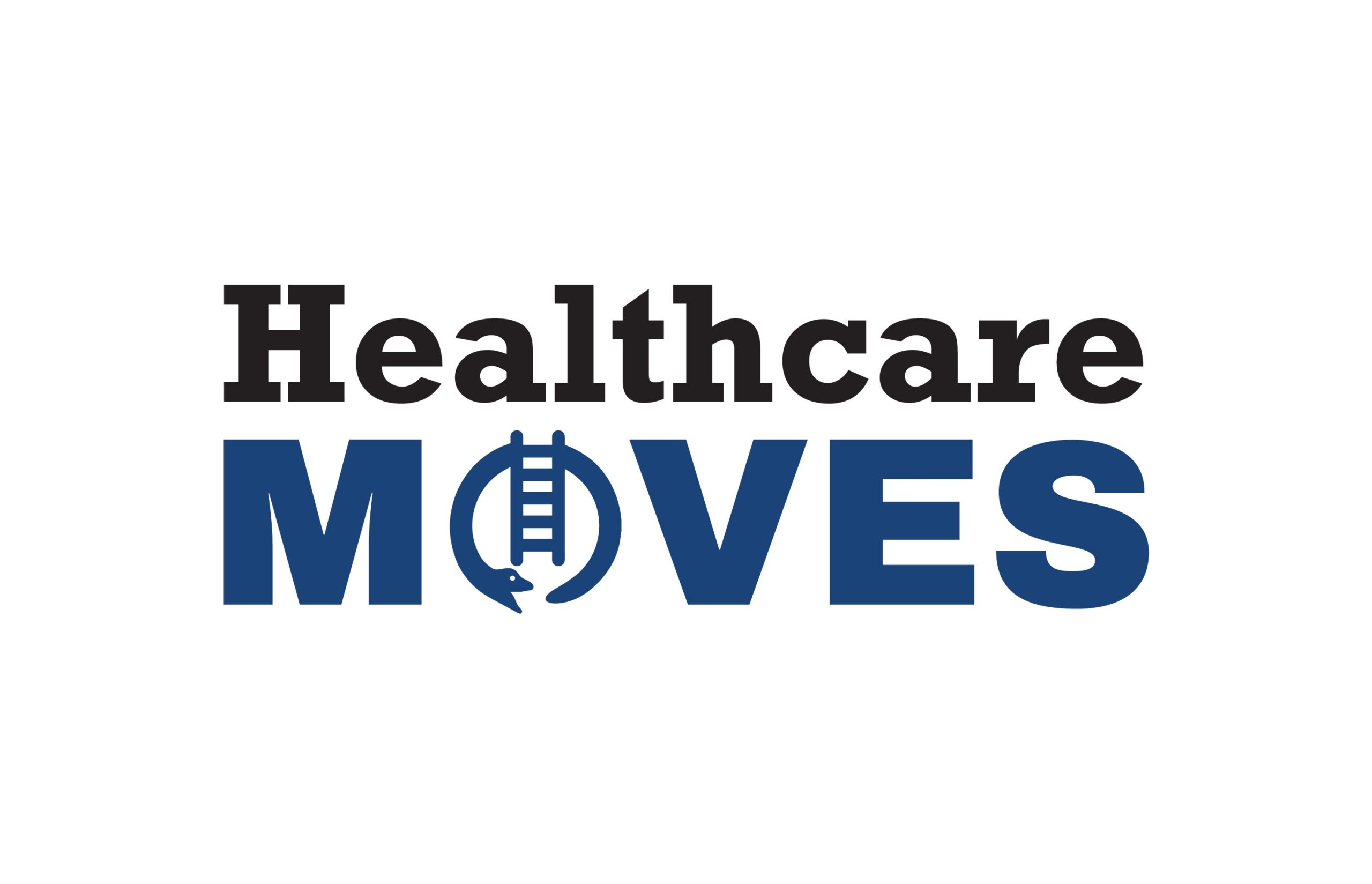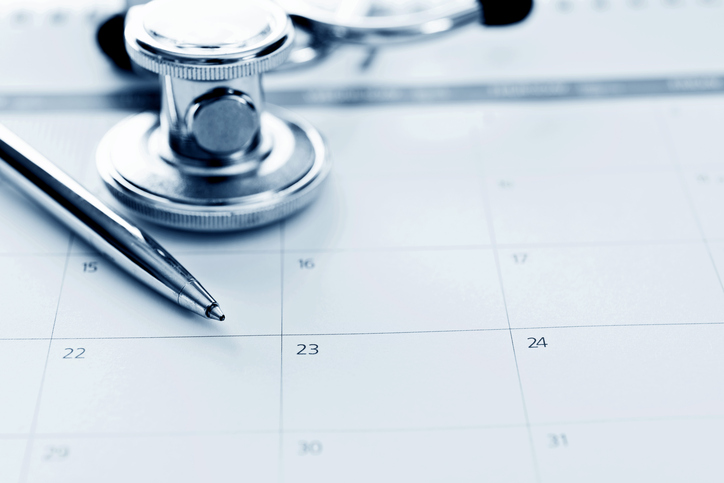It’s been a couple of months since Sotera Wireless received 510 (k) clearance from the FDA for its wireless, noninvasive blood pressure component for its vital signs monitor ViSi Mobile. Scripps Health is road testing the technology in a couple of pilot studies to determine whether to adopt the technology at its five hospitals.
The ViSi Mobile study at Scripps Green Hospital will determine whether nurses and patients are comfortable using the wrist monitor, according to a company statement. About 30 patients recovering from surgery or recuperating from pneumonia, liver disease and other illnesses will be given the device. Next year it will do another pilot at Scripps Memorial La Jolla.
Earlier this year, Scripps initiated the Wired for Health mobile trial to evaluate mobile devices for patients who live with diabetes, hypertension and heart arrhythmia. The goal is to determine whether healthcare costs and resource consumption can be lowered through the use of wireless health technology.

With the Rise of AI, What IP Disputes in Healthcare Are Likely to Emerge?
Munck Wilson Mandala Partner Greg Howison shared his perspective on some of the legal ramifications around AI, IP, connected devices and the data they generate, in response to emailed questions.
“Wireless health technology has an important role to play in a patient-focused healthcare system that delivers the right care at the right place and at the right time,” said Scripps President and CEO Chris Van Gorder. “Through pilot studies such as this one, we are evaluating the latest mobile health devices at our hospitals to see where they can help improve patient outcomes, increase efficiency and lower costs.”
ViSi Mobile measures electrocardiogram, heart rate, pulse, blood pressure, blood oxygenation and skin temperature. Data from the device is transmitted to nursing station computers and can be monitored on a dashboard in real time.
The device is designed to make it easier to check patients vitals without having to wake them up, which could help with their recovery.












